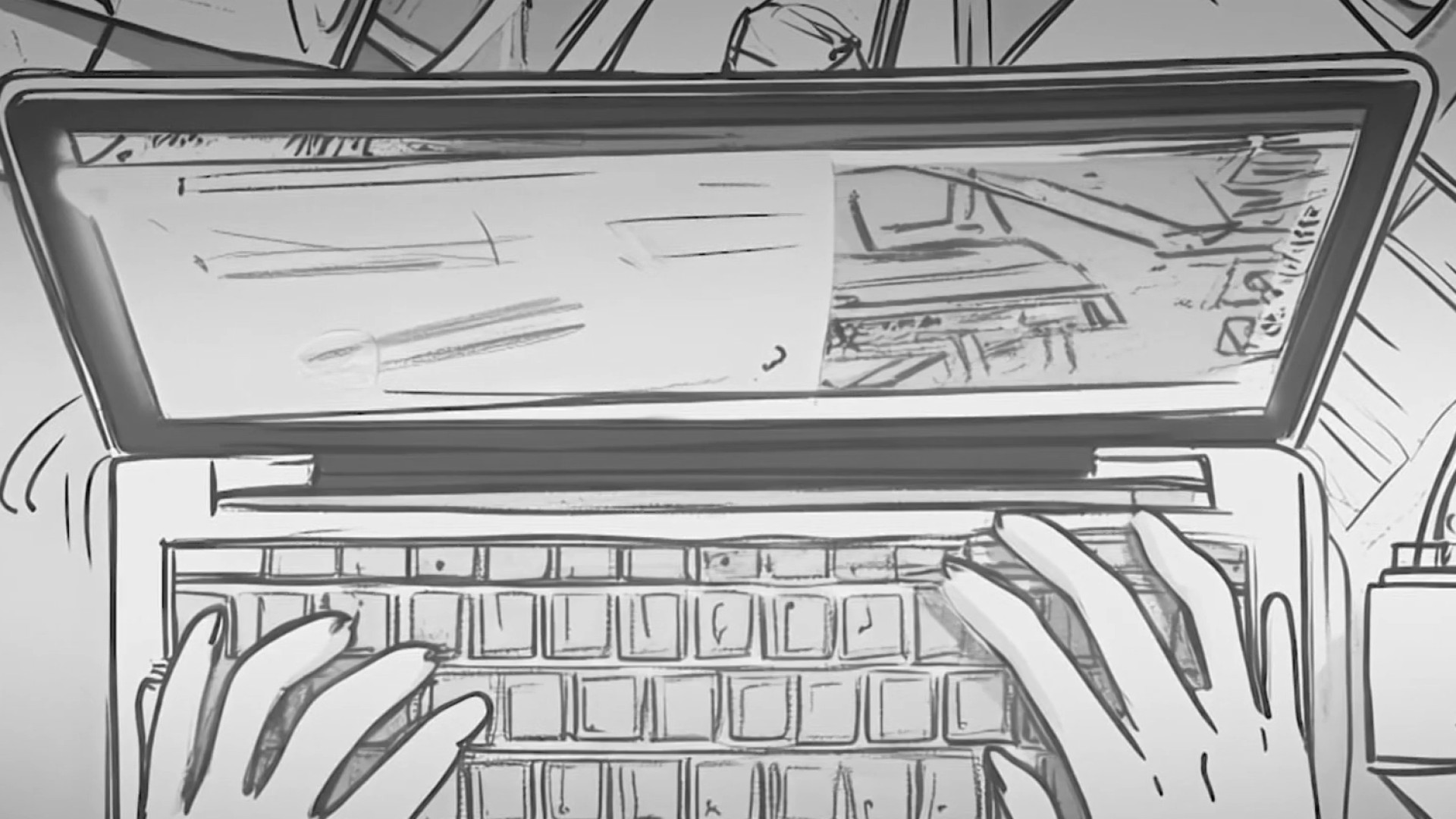April is the American Red Cross’s Pet First Aid Awareness Month! If you don’t have a first aid kit for your pet, now is a good time to start thinking about making one.
Here are some items that every pet first aid kit should contain:
- Printout of directions to your vet’s office, as well as the nearest emergency clinic. Even if you know where these places are, it can be difficult to think straight in a life or death situation. They can also help other family members or pet sitters who may not be familiar with the route. Include written directions, as well as maps, since not everyone processes information in the same way.
- Number for a pet poison control call center. We recommend the Pet Poison Helpline, 855-764-7661. As of this writing, there is a nominal, per incident fee for this service.
- Hydrogen peroxide and a needle-free syringe. This is used for the induction of vomiting. Never do this without first consulting your veterinarian or emergency clinic. Some compounds are dangerous enough to cause a second round of damage when leaving the body. Never use peroxide on a cut or wound, as this will impede healing and cause scars.
- Unflavored Pedialyte. This can help a pet who has been vomiting replace necessary electrolytes. Since many pets do not like the taste, spike it with reduced fat, low sodium chicken broth. In addition to enticing them to drink the Pedialyte, it will provide them with some protein.
- Tweezers. Use these to remove stingers and thorns.
- Styptic Powder. Sometimes sold under the brand name “Quik Stop”, this yellow powder is sold at pet stores, and can be applied to a broken nail to stop the bleeding. If you don’t have styptic powder, corn starch will do in a pinch.
- QuikClot. This is a type of compress sold at many pharmacies. It can be applied to larger wounds to stop bleeding.
- Karo Syrup. Just a drop of this household staple can be used to raise the blood sugar of a hypoglycemic pet. You can find it in the baking aisle of any grocery store.
- Bandaging materials, blunt-tipped scissors and gauze for wrapping wounds.
- Sterile eye wash. Purchase this over the counter at any pharmacy.
- Veterinary ear rinse
- Betadine Solution. This is also available at any grocery store or pharmacy, and is a great alternative to peroxide. Use caution when applying as it is dark red, and will stain clothing and furniture.
- Rectal thermometer and KY Jelly. Be sure to ask your vet what a normal temperature is for your pet. Do not be alarmed if “fever” warnings register, as these products are intended for babies. A dog or cat’s body temperature will always be substantially higher than a human’s. Generally speaking, 100.0 to 102.9 is considered normal.
- Handling devices. Frightened, injured animals can be unpredictable. A pet that would never dream of biting, scratching, or bolting may do just that in an emergency. Cats should be placed in carriers or pillowcases. A basket muzzle is a humane way to make sure an injured dog can pant or vomit, yet not be able to bite its handler. Make sure a dog in distress is leashed.
- Towels and latex gloves. First aid can be messy. And a frightened kitty will usually tolerate being swaddled tightly in a towel.
It’s important for pet owners to be aware of their own behavior during an emergency. Pets take their cues from us, and if we panic, they will do the same. A pet who is dealing with an accelerated heartbeat, rapid respiration, or a bleeding wound must relax to avoid dangerous spikes in blood pressure. Stay calm, don’t shout, don’t waste time, and try to get someone to help you. If someone who is NOT driving can call the vet ahead of time, precious minutes can be saved. During a recent toad poisoning emergency, a pet owner’s ten-year-old daughter called our clinic, briefly stated the nature of the emergency and the approximate weight of the dog. By the time her mother arrived at the clinic with the dog, we had all of the drugs needed to save the dog’s life, pulled up into syringes and ready to administer. This was an especially severe poisoning that might not have ended well were it not for this young girl’s fast thinking and cool head. Never underestimate the ability of children to stay calm and provide genuine help.
Make sure you have an emergency plan, and that the entire family has been briefed on it. Clients always marvel at our ability to stay calm during emergencies. The secret is simply training and preparation.
Remember, first aid is not a substitute for proper veterinary care. These are simply stop-gap measures that can keep a bad situation from getting worse if you cannot get to a vet right away. After administering any type of first aid, always see your veterinarian for follow up care.
Do you have a question for Dr. Kupkee? Click here to send him an email.
Local
Click here to check out great deals and discounts exclusively for NBC6.com fans!



